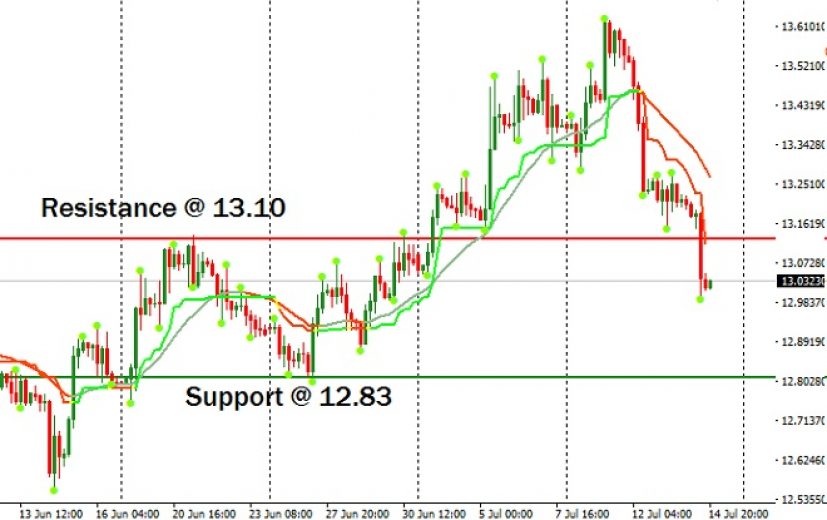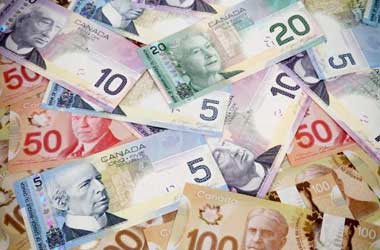 Unexpected economic contraction in the first quarter of 2017 and junk status of the foreign currency denominated bonds weakened the South African Rand against the Greenback in June. The US dollar also got a boost from the Fed rate hike in June. Since June 27, from a low of 12.8019, the USD/ZAR rallied to a high of 13.6263. However, lower than anticipated job openings (JOLTS) and higher than anticipated wholesale inventories has weakened the Greenback in the past two trading sessions.
Unexpected economic contraction in the first quarter of 2017 and junk status of the foreign currency denominated bonds weakened the South African Rand against the Greenback in June. The US dollar also got a boost from the Fed rate hike in June. Since June 27, from a low of 12.8019, the USD/ZAR rallied to a high of 13.6263. However, lower than anticipated job openings (JOLTS) and higher than anticipated wholesale inventories has weakened the Greenback in the past two trading sessions.
On the basis of facts presented below, we predict a deeper decline of the USD/ZAR pair, which is currently trading at about 13.10.
Reports have emerged that South Africa’s local currency bonds would be classified as junk by credit rating firms such as Moody’s, Fitch, and S&P. Notably, the country’s foreign currency denominated bonds has already achieved sub-investment or junk status. The foreign currency denominated bonds account for only about 10% of the total debt issued by South Africa. Economists believe that as much as $10 billion would leave South Africa, if the local currency bonds are downgraded. That keeps the Rand under selling pressure.
ABS-CBN News
However, analysts at Bank of America Merrill Lynch Global Research believe that South Africa’s local currency denominated bonds will not be downgraded in 2017. The argument is based on the assumption that the country would fix the revenue shortfalls while presenting the midterm budget in October. So, a recovery in the Rand is possible.
On Thursday last week, the US government posted a $90 billion budget deficit in June, compared with a surplus of $6 billion in the same period of 2016. The market had expected the US government to post a deficit of $35 billion. The government reported receipts and outlays of $339 billion and $429 billion, respectively.
The US Bureau of Economic Statistics also reported a 0.1% m-o-m increase in the Producer Price Index in June. Analysts surveyed by Market Watch did not anticipate any change in the PPI. However, economists are concerned that the PPI has suddenly tapered after gaining steadily in 2016 and early 2017. The slowdown prompted some economists and central bank officials to question the timing and frequency of the Fed rate hike. Even the personal consumption expenditure has declined to a yearly rate of 1.4%, from 2.1% reported in early 2017. Thus, weak economic data is expected to keep the USD/ZAR in a declining mode in the short-term.
The USD/ZAR pair is trading below the 32-period linear weighted moving average. The trend winner indicator is also showing that the currency pair is in a downtrend. The historic price chart indicates that the currency pair is expected to receive support at 12.83.
We wish to capitalize on the expected downswing of the currency pair by going short at 13.10, with a stop loss order above 13.16. If the pair declines as expected, then we will book out profit near 12.83.
To generate additional returns, we are also looking at the possibility of investing in a put option valid until July 25. In a case we get a suitable contract from one of our brokers, then we would invest when the pair trades near 13.10 in the OTC market.





